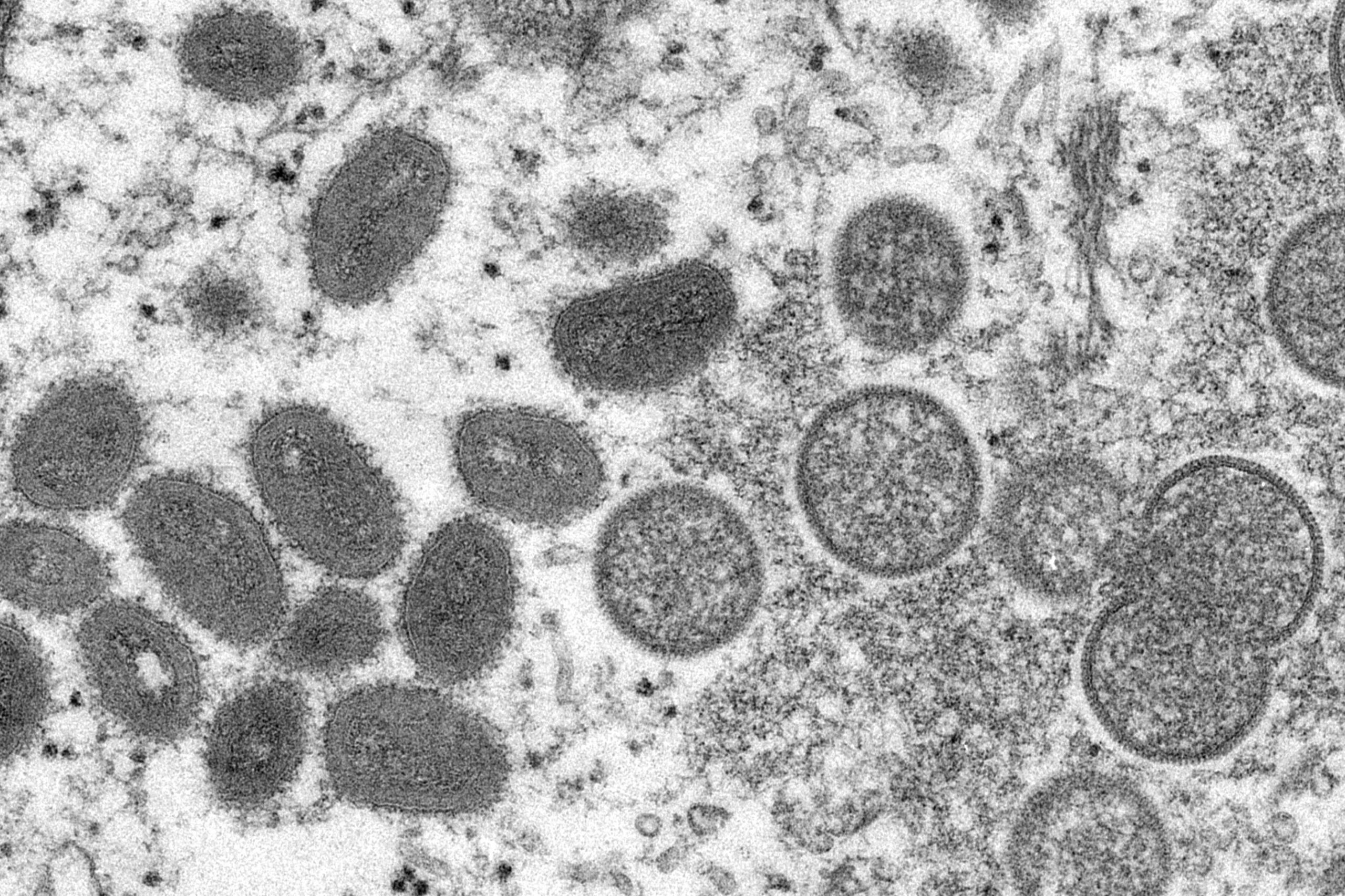The monkeypox outbreak has been declared a public health emergency by the Biden administration on Thursday. The move would make it easier to access emergency funding and allocate funds and other resources for efforts to combat the once-rare disease.
More than 6,600 people in the United States have been infected by monkeypox.
The declaration came more than a week after the head of the World Health Organization said the “extraordinary” situation qualifies as a global emergency.
The declaration could also allow for the waiver of some laws or requirements to allow providers to quickly respond to the disease. It would also allow to waive or modify certain Medicare, Medicaid, Children’s Health Insurance Program (CHIP), and Health Insurance Portability and Accountability Act (HIPAA) Privacy Rule requirements.
Also Read | India’s first Monkeypox death in Kerala’s Thrissur: All you need to know
Monkeypox is transmitted primarily among men who have sex with men. The declaration allows the federal government to move faster to combat the stigma against the gay community, said Dr. Demetre Daskalakis, the deputy coordinator of the newly created White House National Monkeypox Response team.
“This is a very clear statement of the value of the lives of people who are in the LGBTQ community,” he said. “It also represents an important commitment by the administration to the community.”
The Biden administration is also working to extend the reach of available vaccinations. While supplies of the Jynneos vaccine have fallen short of demand, administration officials said they expect more shots to be available soon. The Biden administration, as of Thursday, shipped more than 600,000 doses of the Jynneos monkeypox vaccine across the country.
Monkeypox was first found in the US in mid-May. It’s spread to 87 countries, 80 of which have not historically seen the disease.
Also Read | Monkeypox declared a public health emergency by New York City
The transmission can happen person-to-person, usually through close contact with infected skin lesions or recently contaminated objects, such as sheets and clothing.
According to the Centers for Disease Control and Prevention, nearly all cases reported in the US have come through male to male sexual contact.







